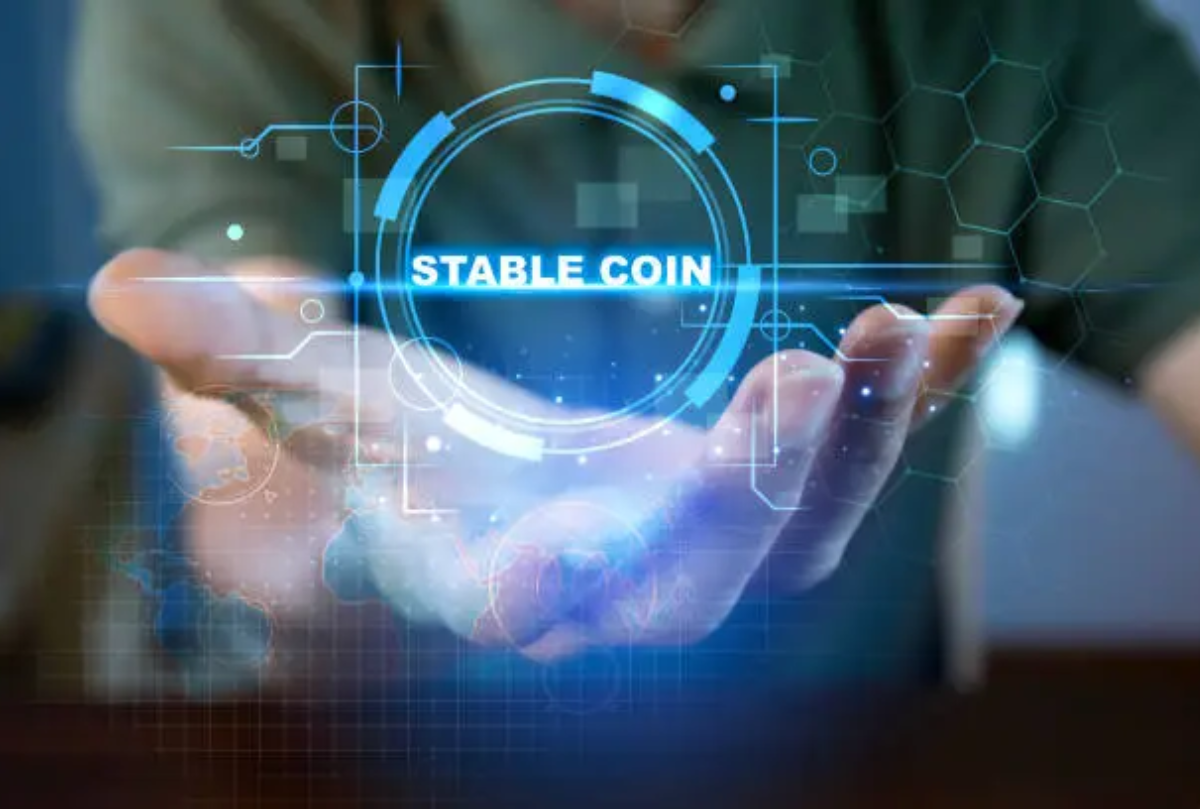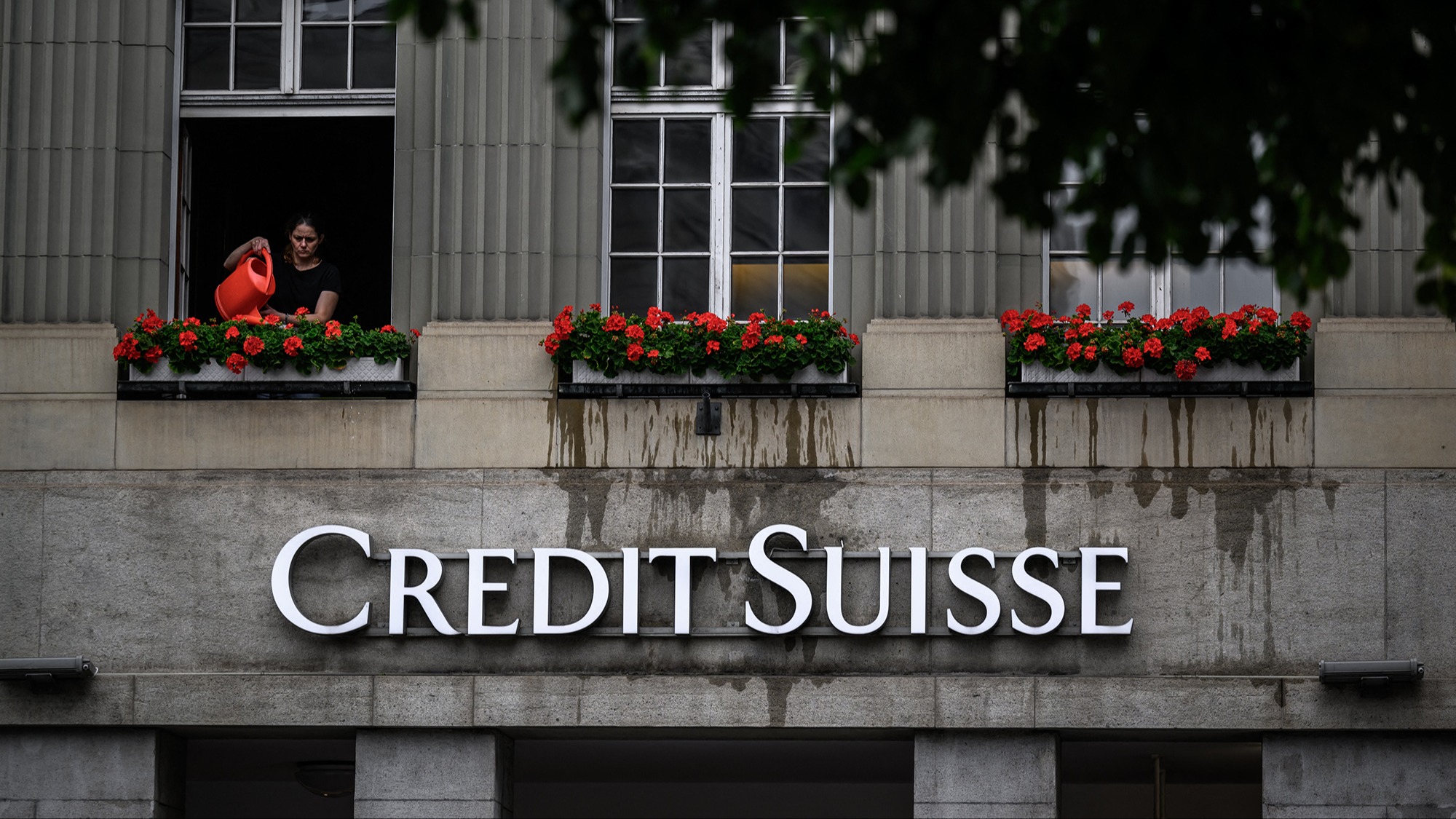Kaibigan ng Lahaina distributes $1,000 financial assistance awards to wildfire survivors – Maui Now

Project Report: Kaibigan ng Lahaina’s Tagumpay Pondo Initiative
Executive Summary
The nonprofit organization Kaibigan ng Lahaina has concluded its Tagumpay Pondo project, a targeted financial assistance program for survivors of the 2023 Lahaina wildfires. The initiative successfully distributed $128,000, directly contributing to several United Nations Sustainable Development Goals (SDGs), including SDG 1 (No Poverty), SDG 10 (Reduced Inequalities), and SDG 11 (Sustainable Cities and Communities). This report details the project’s execution, impact, and alignment with global sustainability objectives.
Direct Financial Intervention and Contribution to SDG 1 (No Poverty)
The Tagumpay Pondo project provided immediate financial relief to individuals and families impacted by the wildfires, a direct action in support of SDG 1. By distributing one-time, $1,000 awards, the program aimed to alleviate the acute financial hardship faced by survivors, preventing a descent into poverty following the disaster.
- Total Funds Disbursed: $128,000
- Assistance Model: One-time, $1,000 financial awards per eligible applicant.
- Project Timeline: February through early July.
- Intended Use of Funds: The awards were designated for critical needs that underpin financial stability, including personal living expenses, medical bills, rebuilding efforts, car payments, and loan servicing.
Addressing Systemic Gaps and Advancing SDG 10 (Reduced Inequalities)
A primary focus of the project was to support vulnerable populations, specifically Filipino and immigrant wildfire survivors. This aligns directly with SDG 10, which calls for reducing inequalities within and among countries. Kaibigan ng Lahaina identified that many community members are working-class families who often lack sufficient insurance coverage or do not qualify for traditional social services, placing them at a higher risk during recovery.
Eligibility and Targeting
- Applicants were required to verify they were directly impacted by the 2023 Lahaina wildfires.
- Applicants needed to demonstrate financial need, ensuring aid was directed to those most in jeopardy.
By targeting this demographic, the project worked to ensure a more equitable recovery process, providing essential support to those who might otherwise be overlooked by conventional aid structures.
Fostering Community Resilience in Line with SDG 11 (Sustainable Cities and Communities)
The project’s name, “Tagumpay” (Tagalog for “victory” or “overcome”), reflects its broader mission to foster long-term community resilience, a cornerstone of SDG 11. The initiative was designed not only as a temporary relief measure but also to inspire hope and support the community’s capacity to rebuild and recover sustainably.
According to Eric Arquero, Executive Director of Kaibigan ng Lahaina, the program addresses the “ever-changing tides of recovery” and the evolving needs of survivor families. The receipt of over 200 applications underscored the significant and ongoing need for direct financial assistance in making the Lahaina community resilient and sustainable post-disaster.
Strategic Partnerships for the Goals (SDG 17)
The successful administration of the Tagumpay Pondo project exemplifies SDG 17, which emphasizes the importance of partnerships. The initiative was made possible through a multi-stakeholder collaboration:
- Funding: A grant was provided by the American Red Cross.
- Administration: The program was administered in partnership with Maui United Way.
- Implementation: Kaibigan ng Lahaina managed community outreach and distribution.
This partnership model demonstrates how collaborative efforts are crucial for mobilizing resources and delivering effective aid in response to complex humanitarian challenges.
Future Outlook and Continued Commitment
While the Tagumpay Pondo fund has been temporarily closed for new awards, Kaibigan ng Lahaina has expressed its intent to seek additional donations to continue the financial assistance program. This ongoing commitment signals a long-term dedication to the sustainable and equitable recovery of the Lahaina community, reinforcing the principles of the aforementioned SDGs.
Contact and Further Information
- Website: www.kaibigannglahaina.org
- Email: info@kaibigannglahaina.org
- Phone (Text/Voicemail): 803-999-6761
- Social Media: @kaibigannglahaina (Facebook) and @kaibigan_ng_lahaina (Instagram)
Analysis of Sustainable Development Goals in the Article
1. Which SDGs are addressed or connected to the issues highlighted in the article?
- SDG 1: No Poverty
The article directly addresses poverty by describing a project that provides “$1,000 financial assistance awards” to wildfire survivors facing “financial need.” The initiative aims to offer “essential immediate relief” to those “struggling to get back on their feet,” which aligns with the goal of eradicating poverty in all its forms. - SDG 10: Reduced Inequalities
The nonprofit, Kaibigan ng Lahaina, specifically focuses on the “recovery and resilience of Filipino and immigrant wildfire survivors.” By targeting a group that may face unique barriers and noting that many community members “do not qualify for traditional social services,” the project directly works to reduce inequalities faced by vulnerable and marginalized populations within the disaster-affected community. - SDG 11: Sustainable Cities and Communities
The core issue is the aftermath of the “2023 Lahaina wildfires,” a disaster that devastated a community. The project supports the community’s recovery by providing funds for “living expenses, medical bills, rebuilding,” and other costs. This contributes to making the community of Lahaina more resilient and helps its residents recover from a major shock, which is a key aspect of SDG 11. - SDG 17: Partnerships for the Goals
The article explicitly highlights collaboration as central to the project’s success. It states that the “Tagumpay Pondo was funded by a grant from the American Red Cross and administered in partnership with Maui United Way.” This multi-stakeholder partnership between civil society organizations (Kaibigan ng Lahaina, Maui United Way) and a major humanitarian organization (American Red Cross) exemplifies the collaborative approach needed to achieve sustainable development.
2. What specific targets under those SDGs can be identified based on the article’s content?
- Target 1.5: By 2030, build the resilience of the poor and those in vulnerable situations and reduce their exposure and vulnerability to climate-related extreme events and other economic, social and environmental shocks and disasters.
The article describes an initiative providing direct financial aid to “wildfire survivors,” helping them cope with the economic shock of the disaster. The project’s goal to assist survivors in their “path toward victory” and enhance their “recovery and resilience” directly aligns with building the resilience of vulnerable people after an extreme event. - Target 10.2: By 2030, empower and promote the social, economic and political inclusion of all, irrespective of age, sex, disability, race, ethnicity, origin, religion or economic or other status.
The nonprofit’s dedicated focus on “Filipino and immigrant wildfire survivors” is a clear effort to promote the economic inclusion of a specific ethnic and origin-based group. By providing financial resources, the project empowers these community members to overcome the economic challenges of recovery. - Target 11.5: By 2030, significantly reduce the number of deaths and the number of people affected and substantially decrease the direct economic losses…caused by disasters…with a focus on protecting the poor and people in vulnerable situations.
The project directly addresses the economic losses of those “impacted by the 2023 Lahaina wildfires.” By distributing $128,000, it helps mitigate the financial burden on survivors, particularly vulnerable “working-class families,” thereby contributing to the reduction of direct economic losses at the individual level. - Target 17.17: Encourage and promote effective public, public-private and civil society partnerships, building on the experience and resourcing strategies of partnerships.
The project is a textbook example of this target. The article states it was “funded by a grant from the American Red Cross and administered in partnership with Maui United Way,” showcasing an effective civil society partnership that leverages the resources and expertise of multiple organizations to achieve a common goal.
3. Are there any indicators mentioned or implied in the article that can be used to measure progress towards the identified targets?
- Total financial assistance distributed: The article provides a precise figure of “$128,000” distributed to survivors. This serves as a direct indicator of the economic support provided to mitigate the disaster’s impact (relevant to Targets 1.5 and 11.5).
- Number of beneficiaries assisted: The article states that “$1,000 financial assistance awards” were given, totaling $128,000. This implies that 128 individuals or families were direct beneficiaries of the program, a key indicator for measuring the reach of the assistance (relevant to Targets 1.5, 10.2, and 11.5).
- Number of applications received: The mention that Kaibigan ng Lahaina “accepted more than 200 applications from fire survivors” serves as an indicator of the scale of the need for direct financial assistance within the community, highlighting the gap the project aims to fill.
- Existence and number of partnerships: The article identifies a clear partnership between three distinct organizations: Kaibigan ng Lahaina, the American Red Cross, and Maui United Way. This serves as an indicator for progress on Target 17.17.
4. SDGs, Targets, and Indicators Summary
| SDGs | Targets | Indicators Identified in the Article |
|---|---|---|
| SDG 1: No Poverty | Target 1.5: Build the resilience of the poor and reduce their vulnerability to disasters. |
|
| SDG 10: Reduced Inequalities | Target 10.2: Empower and promote the social and economic inclusion of all, irrespective of origin or other status. |
|
| SDG 11: Sustainable Cities and Communities | Target 11.5: Reduce the number of people affected and the direct economic losses caused by disasters, focusing on protecting the poor. |
|
| SDG 17: Partnerships for the Goals | Target 17.17: Encourage and promote effective civil society partnerships. |
|
Source: mauinow.com

What is Your Reaction?
 Like
0
Like
0
 Dislike
0
Dislike
0
 Love
0
Love
0
 Funny
0
Funny
0
 Angry
0
Angry
0
 Sad
0
Sad
0
 Wow
0
Wow
0















































































